Description
Xolatim Eye Drop, developed by the pharmaceutical company DEVA in Turkey, combines Dorzolamide and Timolol to address elevated intraocular pressure, a hallmark of glaucoma.
Dorzolamide: Reducing Fluid Production
Dorzolamide, a carbonic anhydrase inhibitor, plays a pivotal role in diminishing fluid accumulation within the eye, thus alleviating intraocular pressure.
Timolol: A Beta-Blocker’s Action
Timolol, a beta-blocker, complements Dorzolamide’s effects by further reducing intraocular pressure, providing a synergistic approach to glaucoma management.
How to Use
Proper administration of Xolatim Eye Drop is crucial for its efficacy. Follow these steps:
- Hand Hygiene: Begin by washing your hands thoroughly.
- Create a Pocket: Gently tilt your head back and pull down your lower eyelid to form a small pocket.
- Drop Placement: Hold the dropper with the tip pointing downward, and instill the prescribed number of drops into the pocket.
- Pressure Application: Close your eye gently and apply slight pressure to the inner corner of the eye for approximately one minute. This prevents the liquid from draining into the tear duct.
- Sequential Use: If your doctor has prescribed other eye drops, wait at least five minutes before instilling them. This prevents potential interactions.
Adhering to these guidelines is essential to maximize the benefits of Xolatim Eye Drop and minimize the risk of side effects.
Xolatim Eye Drop Side Effects
As with any medication, Xolatim Eye Drop may induce side effects in some individuals. Commonly reported side effects include:
- Blurred Vision: Temporary vision impairment.
- Burning or Stinging: Transient sensations of burning or stinging in the eye.
- Eyelash Changes: Alterations in eyelash growth.
- Darkening of Eyelid Skin: Pigmentation changes in the eyelid skin.
- Dry Eyes: A temporary dryness of the eyes.
- Increased Light Sensitivity: Heightened sensitivity to light.
While these effects are typically mild and transient, some individuals may experience more severe side effects, such as chest pain, breathing difficulties, or facial and throat swelling. Should you encounter any adverse reactions, promptly seek advice from a healthcare professional.
Alternatives to Xolatim Eye Drop
For those seeking alternatives to Xolatim Eye Drop, several other medications offer glaucoma management options. These alternatives encompass:
- Prostaglandin Analogs: Including medications like latanoprost, bimatoprost, and travoprost, these drugs enhance fluid outflow from the eye, effectively reducing intraocular pressure.
- Beta-Blockers: Medications such as timolol, betaxolol, and levobunolol decrease fluid production in the eye, contributing to pressure reduction.
- Alpha Agonists: Brimonidine and apraclonidine fall into this category, reducing fluid production and enhancing fluid outflow from the eye.
- Carbonic Anhydrase Inhibitors: Similar to Dorzolamide, medications like brinzolamide decrease fluid production in the eye.
- Rho Kinase Inhibitors: Medications like netarsudil and ripasudil increase fluid outflow from the eye.
Consulting a healthcare professional is crucial to determine the most suitable medication or combination of medications for individual glaucoma management.
Conclusion
Xolatim Eye Drop, with its active ingredients Dorzolamide and Timolol, presents a potent option for managing elevated intraocular pressure in glaucoma. Its efficacy, when used as directed, offers significant benefits in preserving vision. Adherence to proper usage instructions and prompt reporting of adverse effects ensure the safe and effective use of this medication.
In the realm of glaucoma management, informed decisions guided by healthcare professionals pave the path to maintaining visual health and overall well-being.
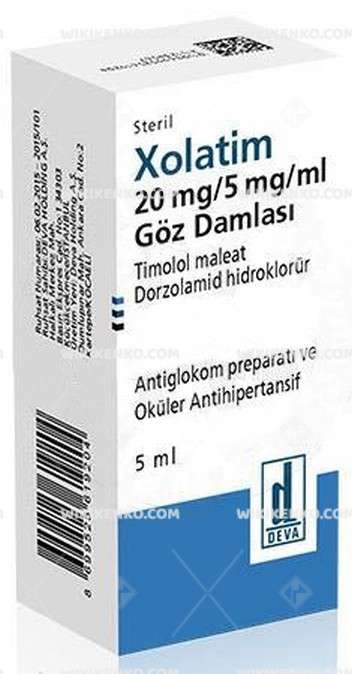
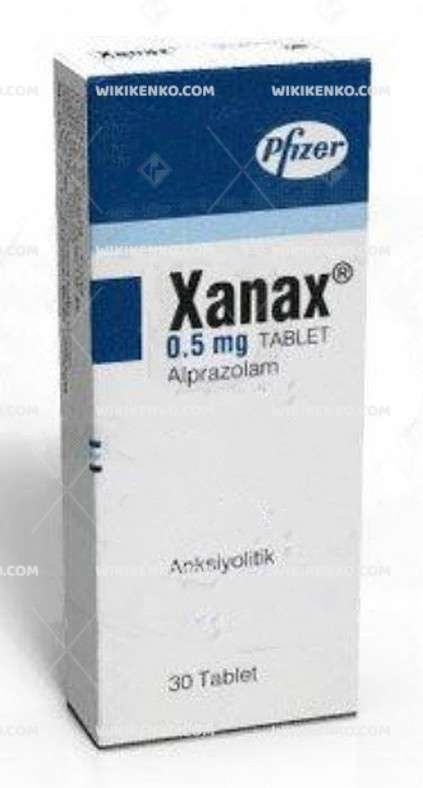
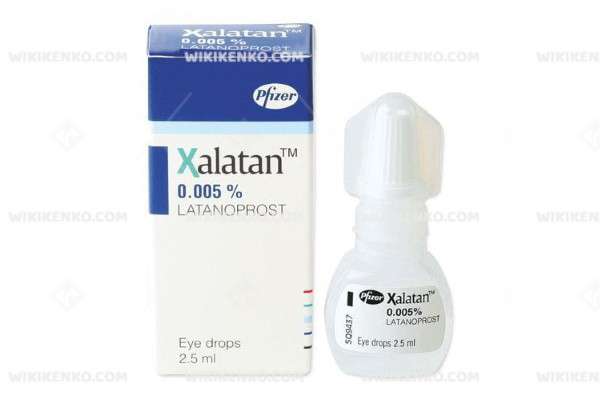
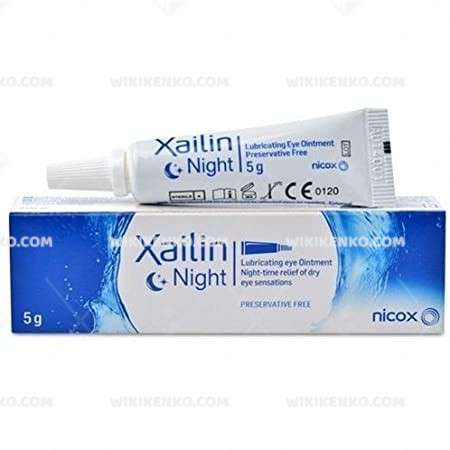
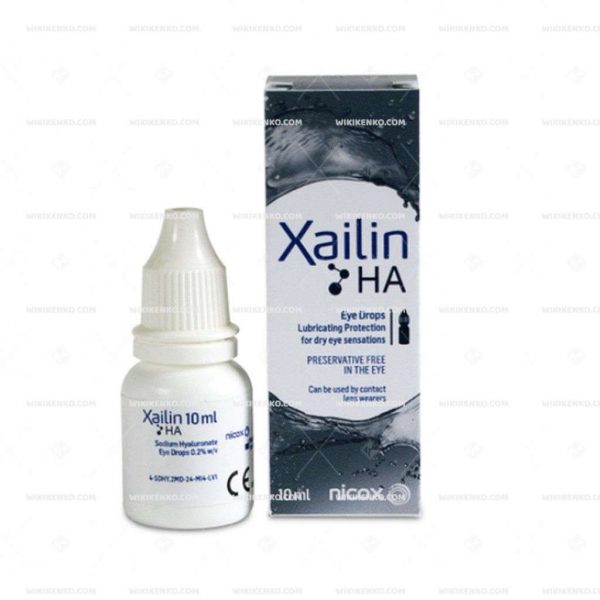
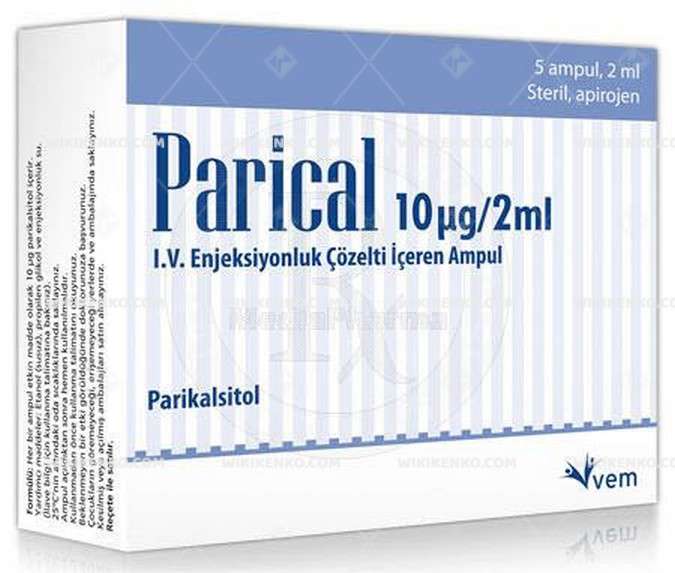
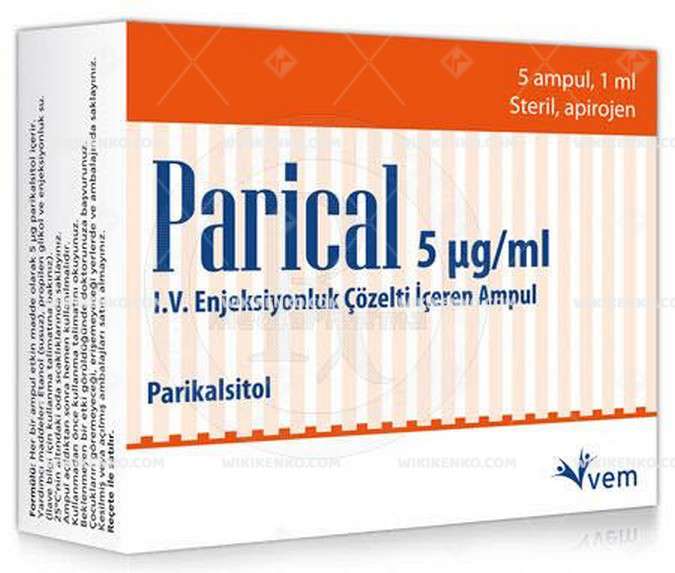








Reviews
There are no reviews yet.